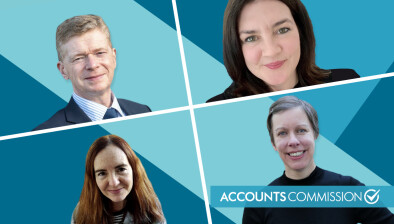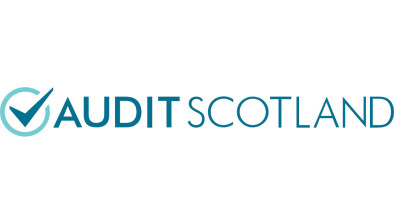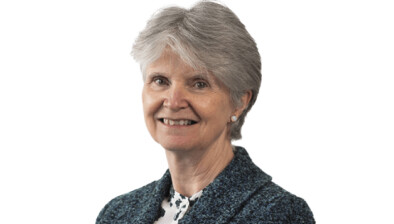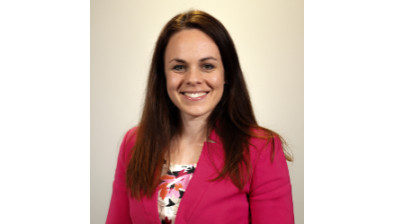Public sector gender pay gap reporting

Audit Scotland and the Accounts Commission have published their latest report on the public sector gender pay gap setting out to highlight good practice and areas where further action is needed.
The gender pay gap is the difference between the average hourly rates of pay of men and women expressed as a percentage where a positive figure indicates that women are paid less than men. The gender pay gap is different from equal pay, which is a direct comparison of two people or groups carrying out the same or an equivalent role.
In 2021, the mean gender pay gap in Scotland when comparing overall average hourly earnings was 10.1%. This means for every £1 men earn women earn £0.90.
The annual audit work found issues with some public bodies’ gender pay gap reporting. Case studies are featured from Scottish Water and NHS Education Scotland.
The latest report’s sample group showed a marginal improvement in gender pay gap figures in 14 of the 20 public bodies compared to previous years. Within the sample NHS Education Scotland (NES) seemed to be improving particularly well. NES reduced its mean gender pay gap from 13% in 2019 to 7.28% in March 2020. However, there is still a wide reported mean gender pay gap from 1.01% to 35.7%, with two bodies close to zero at just over 1% and a further three bodies at around 3%.
An Audit Scotland spokesperson said: “Our analysis suggests that not all public bodies are clear about how they should calculate and present gender pay gap data. We found inconsistencies in the gender pay gap information provided.
“Legislation states that information should be published in a way that is accessible to the public, but we found that it was sometimes difficult to locate.
“There was often a lack of detailed analysis or sufficient breakdown of data, making effective action planning to reduce the gender pay gap more difficult.
“Where bodies gave information on job types and grading this helped them with their action planning.”
The full report can be accessed here.







